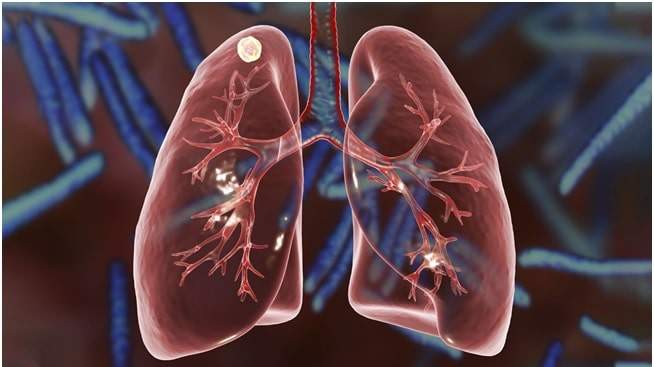One of the most common health problems that people face is cancer. It is difficult to treat and there’s a long journey before any individual with such diagnosis.
The majority of people with lung cancer only appear with signs when they are in an advanced stage of disease, at which point therapy that may potentially cure the disease is no longer a viable option.
An efficient screening test has been sought after for a very long time in the interest of lowering death rates caused by lung cancer through earlier identification.
As possible screening diagnostics, chest radiography, sputum cytology, and computed tomography (CT) scans have all been the subject of research. The National Lung Screening Trial (NLST) indicated a 25 percent reduction in death with low-dose CT (LDCT) screening, and recommendations now advocate yearly LDCT for people who are at a high risk of developing lung cancer.
The adoption of screening is now under progress, and the goal is to see the advantages of this screening in clinical practice rather than in the context of a research project. Check out this link to discover more helpful information https://www.webmd.com/cancer/lung-cancer-plan-after-diagnosis.
The handling of false positives, expense, accidental discoveries, radiation exposure, as well as overdiagnosis are all sources of concern. In an effort to further enhance treatment options and patient outcomes for those who have lung cancer, researchers are continuing their investigations into low-dose computed tomography (LDCT) screening as well as the application of biomarkers in risk evaluation and diagnosis.
Motives for doing lung cancer screenings on persons at higher risk
Lung cancer is the third most prevalent type of cancer that is diagnosed in people in the United States. Additionally, it is the primary reason why people pass away from cancer.
It is far more probable that lung cancer may be effectively treated if it is discovered at an early stage, when it is still tiny and before it has spread.
Screening for lung cancer is advised for some individuals who currently do not exhibit any symptoms of the disease but who have smoked in the past. If an individual has lung cancer but none of the symptoms associated with the disease, this almost often indicates that there is a possibility to diagnose the illness at an earlier stage.
Signs of lung cancer typically don’t present themselves until the disease has already progressed to a more advanced stage. Even when lung cancer does create symptoms, most people may confuse them for other diseases, like an infection or the long-term consequences of smoking. Because of this, the diagnosis may be delayed.
Visit a physician as soon as possible if you experience any symptoms that might be caused by lung cancer. (Patients who already have indications that might be caused by lung cancer may require diagnostic procedures such as CT scans in order to determine the reason of their symptoms, which in some instances could be cancer.
However, this particular examination is for the purpose of diagnosis and should not be confused with screening. If you want to discover additional information, you can read more online about the types of treatment and what to do if you or someone you love has lung cancer.
What else to know?
Screening for lung cancer might have both benefits and potential hazards. The primary advantage of screening is a decreased risk of dying from lung cancer, which is the cause of death for a significant number of persons who now smoke or who have smoked in the past.
Nevertheless, it is essential to be aware that, just like with any other kind of screening, not everybody who undergoes screening will end up benefiting from it. Screening using LDCT will not detect all cases of lung cancer; furthermore, not all of the tumors that are detected will be detected at an early stage; and despite detection of lung cancer with screening, some patients will still succumb to the disease.
LDCT scans have the ability to detect items that later turn out not to be tumor, but which nevertheless need to be investigated using other tests in order to determine what they are. It’s possible that you’ll require more CT scans or, on occasion, more intrusive procedures like a lung biopsy, in which a small bit of lung tissue is extracted with a needle or through surgery. These examinations may very infrequently result in more severe consequences.
Each LDCT subjected a person to also subjects them to a minute quantity of radiation. It is higher than the dosage received from a chest x-ray, but it is lower than the amount received from a normal CT scan. There is a possibility that some of the patients who undergo screening will ultimately require additional CT scans, which would result in increased exposure to radiation.


